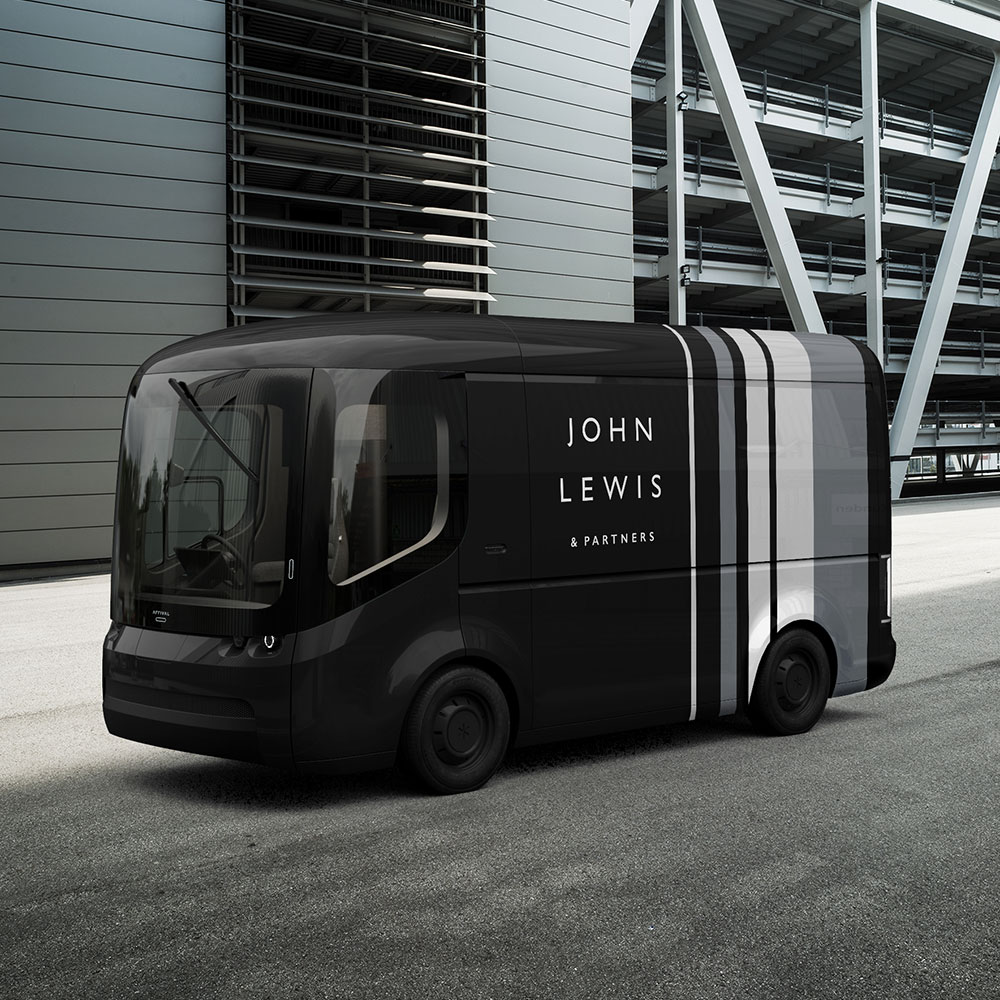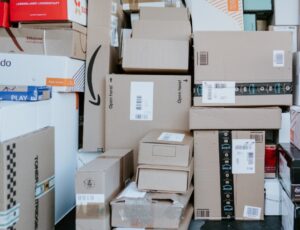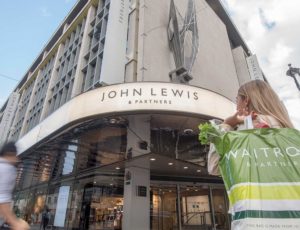John Lewis plans to switch to electric vans as online business accelerates

To help reach the target of ending the use of fossil fuels across its entire transport fleet by 2030, John Lewis and Waitrose plan to significantly increase the use of electric vans.
The John Lewis Partnership will use two new designs of vehicle for its John Lewis and Waitrose food deliveries. This will save over 20,000 tonnes of CO2 every year; equivalent to the carbon footprint produced by 2,500 UK households.
The electric vans follow the retailer’s recent announcement of building a dedicated biomethane gas filling station. The station will enable its largest heavy goods vehicles to use a low-carbon alternative to diesel. This will subsequently reduce CO2 emissions by 80%, with each truck saving over 100 tonnes of CO2 every year.
Highlighted in the retailer’s new Ethics & Sustainability Progress Report, the revolutionary electric vehicles will be trialled early next year. The report also details a commitment to increasing the number of electric vehicle charging points for customers and Partnership vans in its shop car parks.
The retailer has worked with manufacturers and data scientists to source the most efficient and environmentally-responsible vehicles.
In addition to producing fewer pollutants, the electric vehicles have greater capacity than their diesel counterparts. In some cases, this means replacing three diesel vans with two electric ones.
Electric vans are also quieter, which is important for reducing noise pollution in built-up areas. Plus, the vehicle can be upgraded as technology advances. This means the electric vans could have a very long life of up to 20 years or more; a significant benefit adding to the sustainability of the vehicle.
Commenting is Justin Laney, partner and general manager of central transport at the John Lewis Partnership. “As our online services rapidly expand, we’re working hard to meet our goal of operating a zero-fossil fuel in the next 10 years.
“Our new electric vans are an ideal solution for home deliveries; the innovative design means they’re more efficient, but also respectful to the environment and the growing number of neighbourhoods in which we deliver.”












